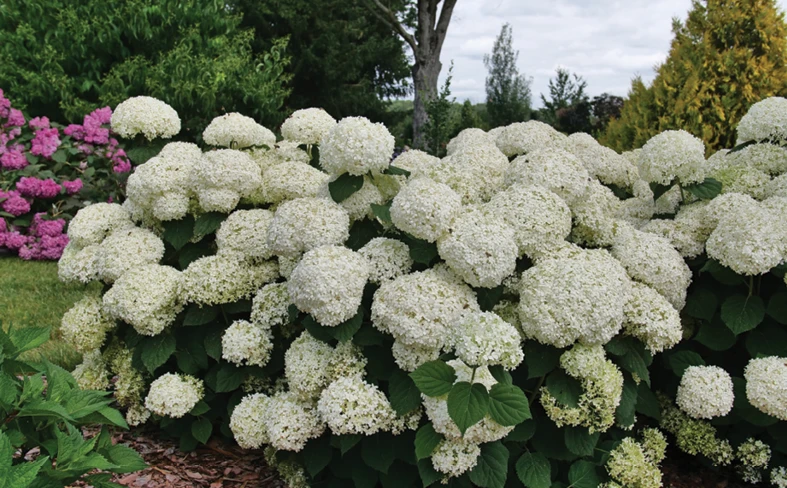|
Are you taking the right steps to prevent theft of plants or equipment? Here are a few tips from the Agricultural Crime Technology Information and Operations Network to help deter thieves.
The network recommends using owner-applied numbers (OAN), which are one of the best ways to either prevent theft or increase the possibility of the return of stolen property. An OAN is engraved on your equipment in a hidden spot with metal punches or brands. The information is fed into a computer, and when stolen equipment is recovered, the rightful owner can be notified. Check with the local sheriff’s department if your county has an OAN program. Sometimes thieves target a specific plant, such as highly valuable cycads. Lori Pickering, owner of Jurassic Plants Nursery in Halfmoon Bay, B.C., Canada, started microchipping some of her older and more expensive cycads. “It’s similar to how pets are microchipped,” she said. “The microchip is inserted under the bark, and it’s registered so it can be tracked and identified if needed.” The microchip is smaller than a postage stamp. “It does leave a small scar, and thieves may recognize that and remove the microchip,” she said. Thankfully, she’s yet to need to use the microchips. “I also have a guard dog and helpful neighbors who keep an eye on things. But I read about some very valuable tree ferns that were microchipped and stolen. When the word got out about it, the thieves returned them.” If thieves get too smart and remove the microchips, Pickering heard about DNA paint. DNA paint is a uniquely coded invisible paint that is sprayed onto the plant, and the code is used to identify the plant. |

Explore the February 2011 Issue
Check out more from this issue and find your next story to read.
.jpg) Whether it’s an inside job or outsiders slipping in under the cover of darkness, theft can seriously affect the bottom line.
Whether it’s an inside job or outsiders slipping in under the cover of darkness, theft can seriously affect the bottom line.




